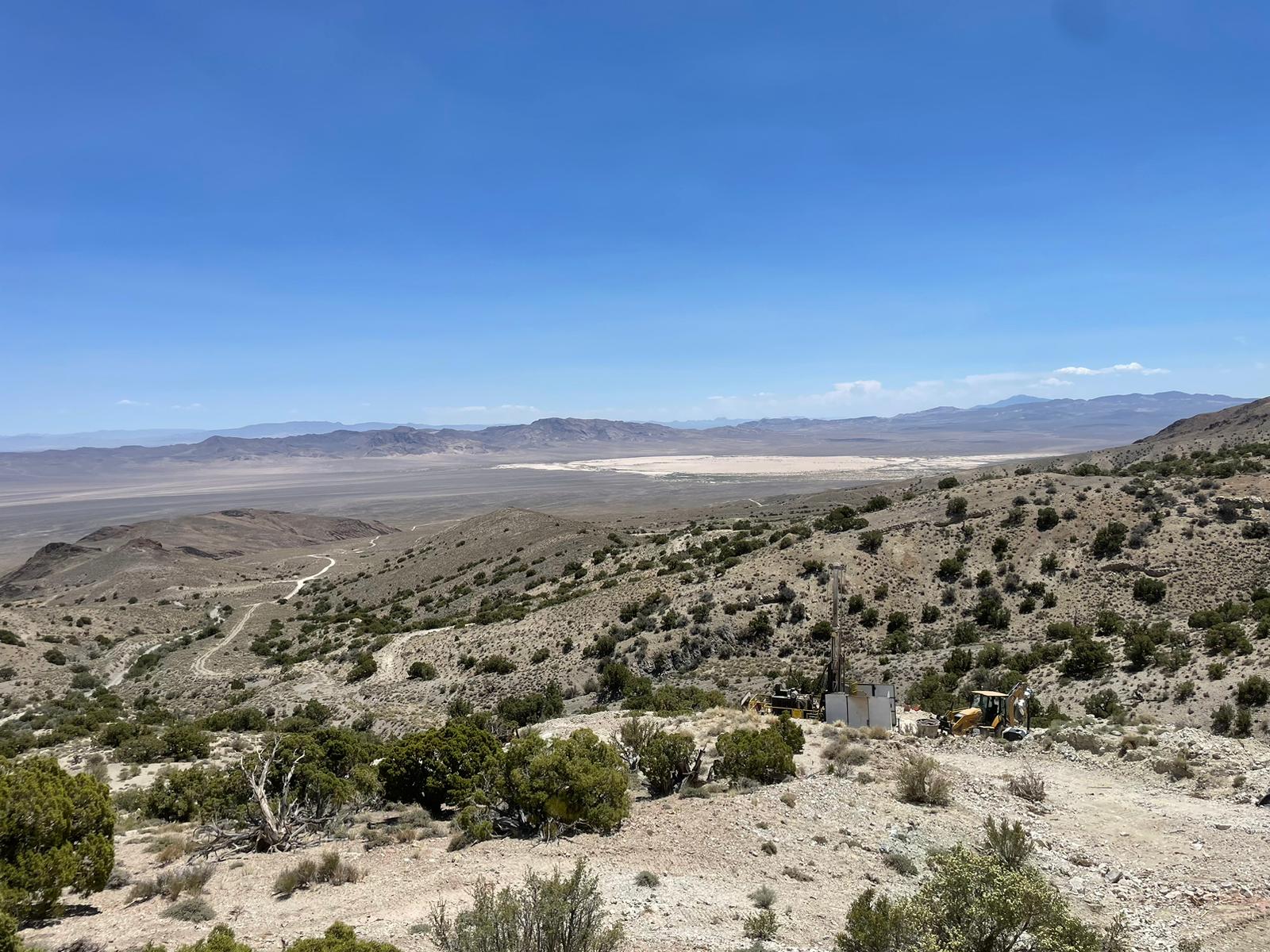Hunt For Uranium Assets Starts To Get Heated
The global uranium market is dominated by just 10 players – companies that account for 60% of the world’s production of yellow cake. While Canada’s Athabasca Basin remains the hotspot for the highest-graded uranium coming out of the ground, other countries are pushing hard to ramp up their own uranium markets – countries such as Kazakhstan, Tanzania and Namibia, which is about to finalize its first nuclear policy by the middle of the year.
“It is the expressed decision of the Namibian government to seriously consider the development of nuclear power in order to complete the national energy mix and provide sufficient energy for our development,” Mining Minister Isak Katali said at an introductory nuclear policy conference, according to All Africa Global Media. “The uranium and nuclear energy policy to be developed will cover the entire nuclear fuel cycle, being uranium exploration, mining, milling and nuclear energy (generation).”
Namibia is producing about 5,000 tons of uranium annually and was the world’s fourth-largest producer in 2009, providing nearly ten percent of the global needs. There are currently two operational mines with another five planned for production within the next three to four years.
This progress comes at a time when some 435 reactors are set to be built out through 2020, many of them in China, which can get a reactor up-and-running in about four years these days.
China, along with countries such as India, are leading the biggest nuclear energy expansion since the decade  after the 1970s oil crisis to reduce air pollution and power their economies, triggering a 40% surge in spot prices in 2010, according to Bloomberg. Key uranium producers in Australia and Canada forecast demand will increase as countries expand their use of nuclear power to curb emissions from burning coal.
after the 1970s oil crisis to reduce air pollution and power their economies, triggering a 40% surge in spot prices in 2010, according to Bloomberg. Key uranium producers in Australia and Canada forecast demand will increase as countries expand their use of nuclear power to curb emissions from burning coal.
That flies in the face of U.S. progress, where it takes many years of jumping through regulatory hoops before the idea of building a reactor can be considered. Many U.S. states still have strict moratoriums on anything nuclear.
Conversely, companies such as Australian-listed Deep Yellow are pressing ahead with plans to take advantage of emerging uranium markets. It just issued a positive interim pre-feasibility study for its Namibia-based Omahola uranium project, which has a resource of 18.3 million pounds of uranium. Australia’s Paladin bought Fronteer Gold’s high-profile uranium assets in Labrador just last month. And Russia’s Rosatom offered $1.6 billion for Mantra Resources, which has significant uranium assets in Tanzania.
The land grab has clearly begun in earnest.
{{ commodity.name }}
{{ post.title }}
{{ post.date }}

Comments